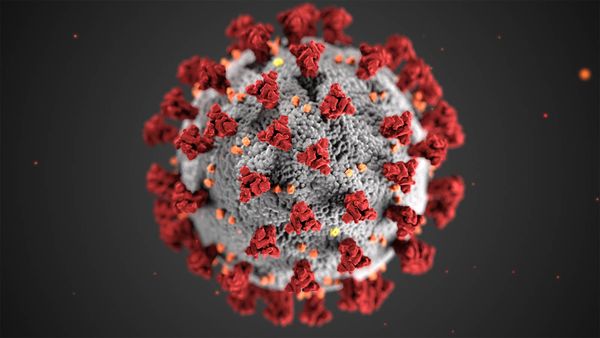Contrary to popular belief, antibiotics have no effect on a virus. Most antibiotics interfere with the reproduction of bacteria, hindering their creation of new genetic instructions or new cell walls. Because viruses do not carry out their own biochemical reactions, antibiotics do not affect them.
Immunizations work by pre-infecting the body so it knows how to produce the right antibodies as soon as the virus starts reproducing. Also, because viruses reproduce so quickly and so often, they can often change slightly. Sometimes, mistakes creep into their genetic instructions. These changes might alter the protein coat slightly, so one year's batch of vaccine might not be as effective against the same type of virus next year. This is why new vaccines must be produced constantly to fight viral infections and prevent outbreaks.
Not all viruses are deadly. For example, people get colds all of the time and do not die. But influenza kills tens of thousands of people in the U.S. each year, and other viruses, such as Ebola virus, or West Nile virus and in early 2020, the COVID-19 coronavirus, have inflicted a heavy death toll worldwide. And even these commonplace viral infections can be deadly to a person who already has a weakened immune system – people with AIDS, cancer patients taking chemotherapy, elderly people or newborns. We have to take care not to spread viruses to these especially susceptible people.
After the emergence of COVID-19 as a worldwide health threat in late 2019, public health authorities emphasized a tactic called social distancing to help slow the spread of the virus. Basically, it involves maintaining a physical distance of about six feet (1.8 meters) between people and staying away from gatherings or crowded places. The idea is to prevent the spread of the virus through the spray of droplets when an infected person coughs or sneezes. In many parts of the U.S., officials closed businesses, schools and other places where people might come into contact with infected individuals and urged people to remain indoors as much as possible. While no one expected that social distancing would eliminate new infections, the aim was to slow the disease's spread — also known as flattening the curve – so that hospitals would not be overwhelmed with large numbers of sick people [source: Wu].





